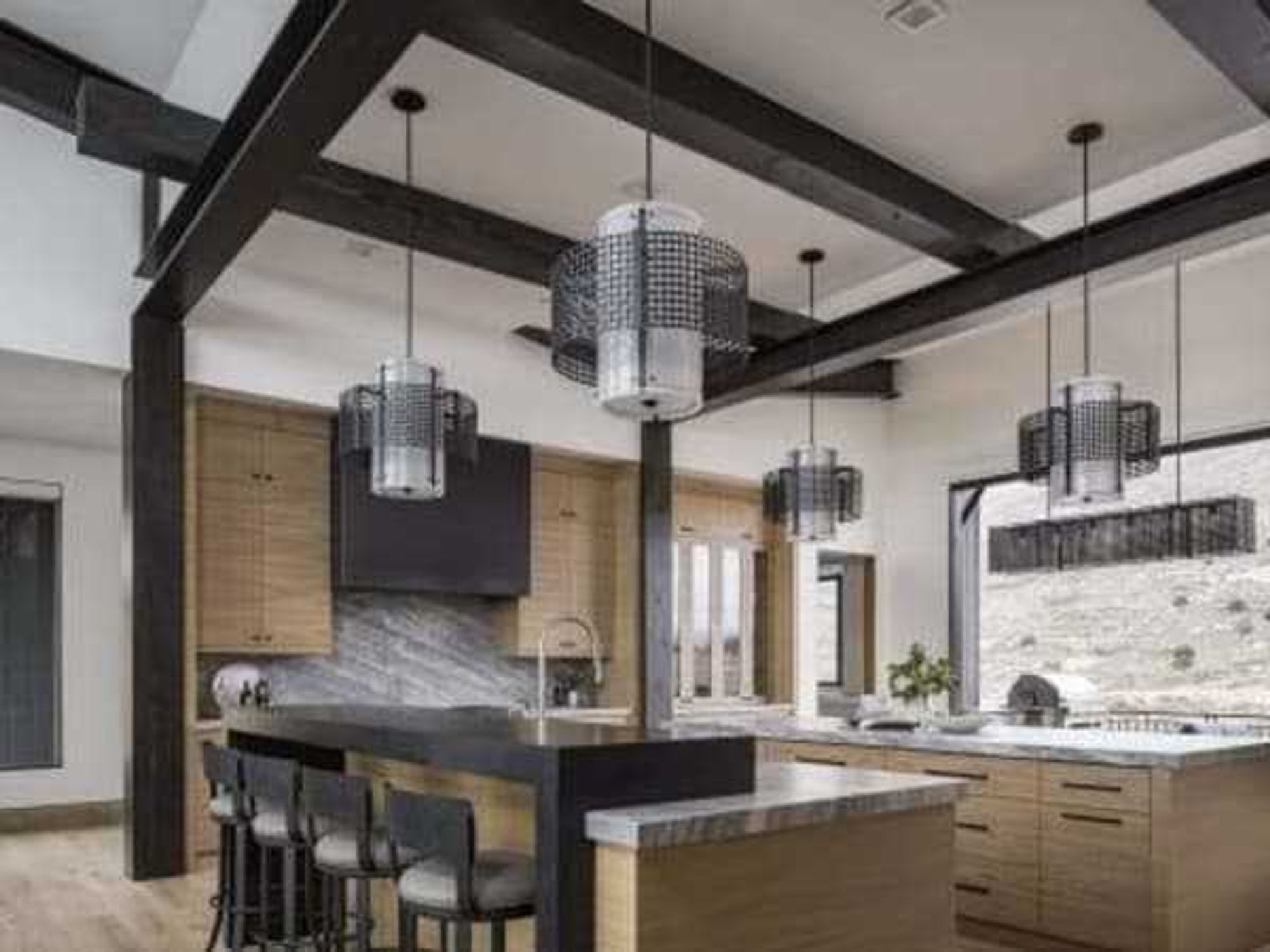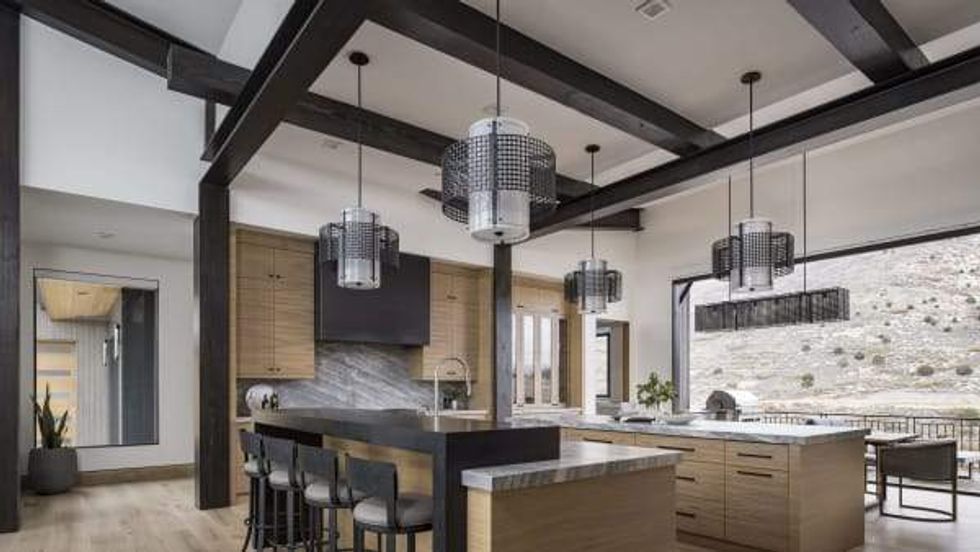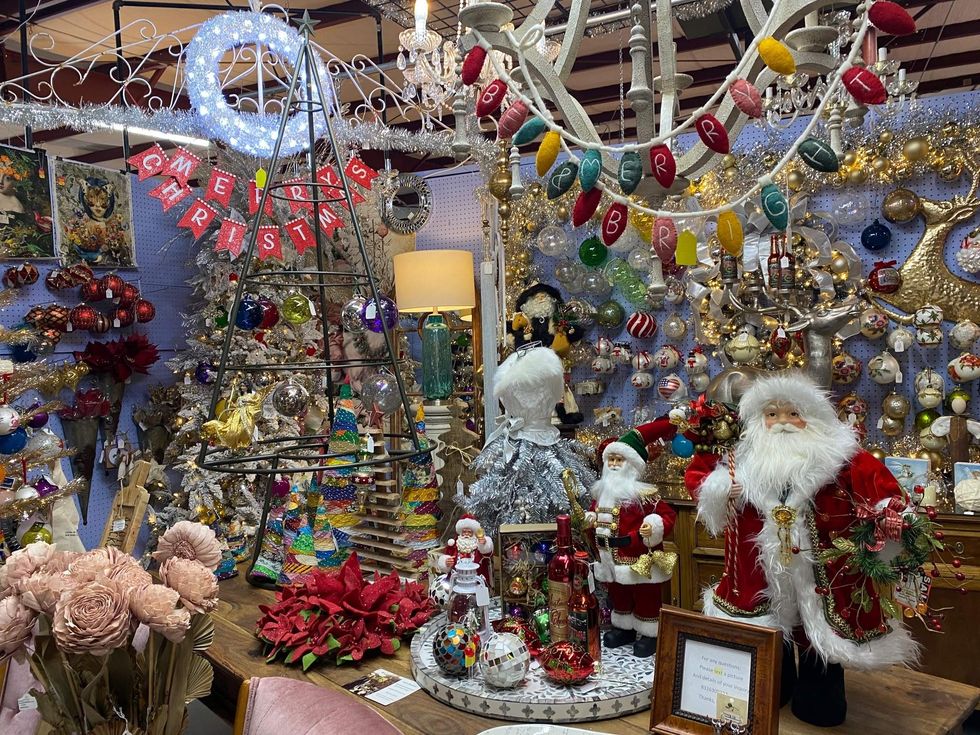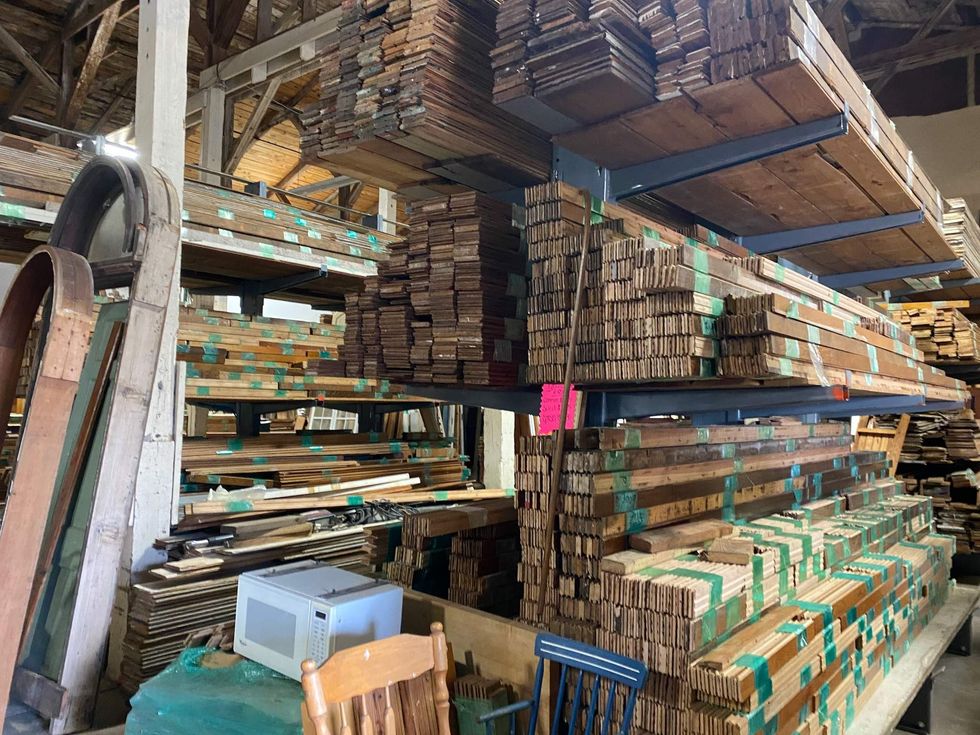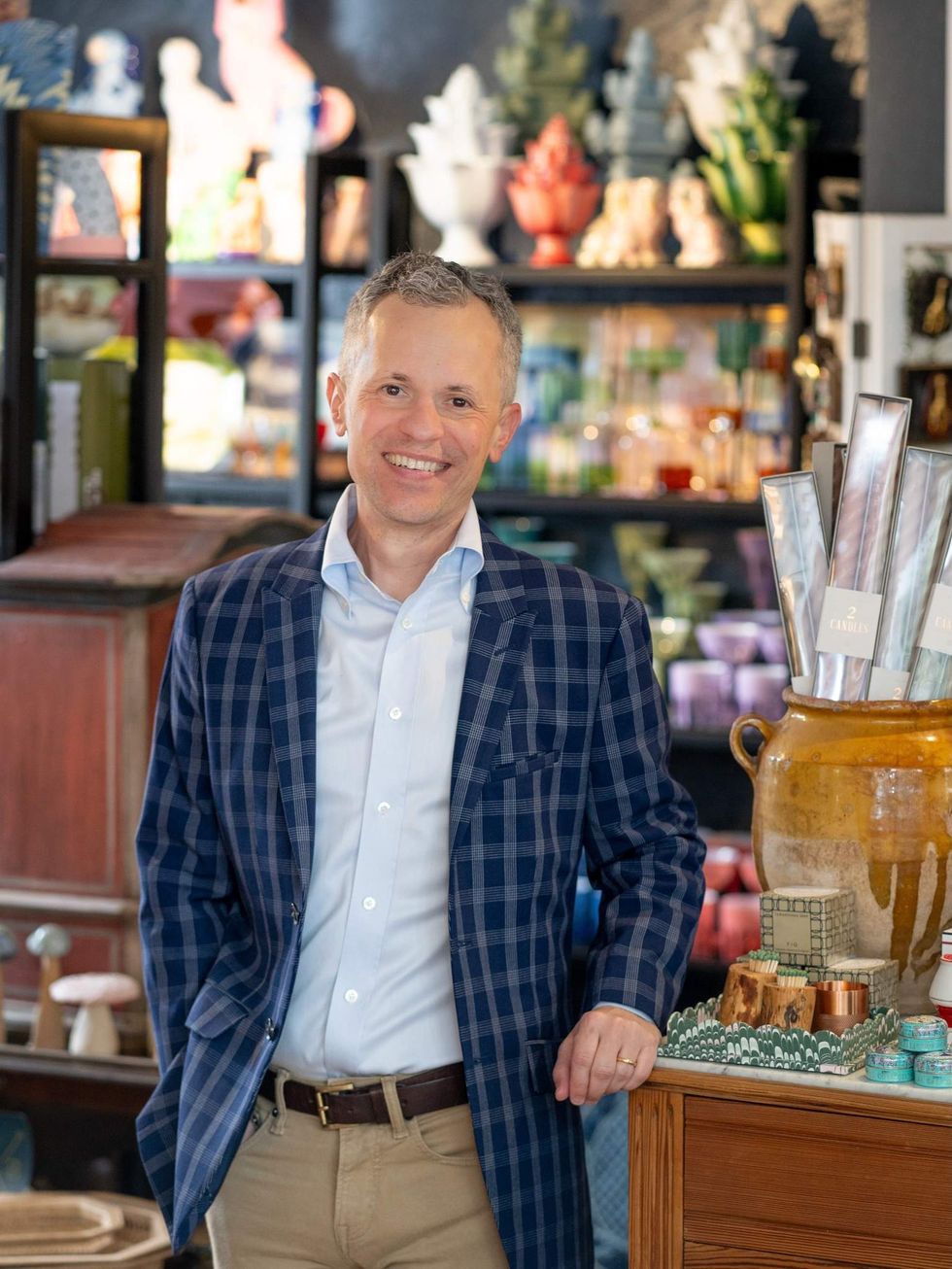Art and About
Check out the modern home office's much more luxurious ancestor: Paris' eliteknew style (and secret doors)
For the educated 18th-century Parisian socialite, it was the age of correspondence. Both men and women wrote for business purposes, to share news between family and friends and for mere pleasure.
Young men and women were taught penmanship, grammar and how to craft a beautiful and sensible letter. The activity was engaged in at points throughout the day.
Thus emerged the ancestor to the modern day home office. Curious?
An exquisite example is on display at the Museum of Fine Arts, Houston through Dec. 11. Strolling through the exhibit halls of Life & Luxury: The Art of Living in Eighteenth-Century Paris is like walking a day in the life of the French echelon in the the City of Lights. On view are some 160 objects assembled from 26 museums and private collections that mingle decorative arts, fine arts, clocks, fashion, writing instruments, metalwork, musical instruments, books, maps, scientific instruments — everything in-between what's considered to be either fine arts or applied arts today.
In this time of economic prosperity, the elite of Paris had the means to indulge and invest in beautiful objects used in everyday rituals.
That distinction wasn't so clearly defined in the 18th century. Arts were studied along science, business tools and scientific instruments were beautifully decorated in the style of the Rococo period. In this time of economic prosperity, the elite of Paris had the means to indulge and invest in beautiful objects used in everyday rituals.
The items in the bureau or the cabinet and the chambers where business was conducted were no exception.
On this Art and About video adventure, we continue our exploration of the lavish lifestyle of the top one percent in Paris. We started with the morning ritual of the toilette — not to be confused with our banal modern day interpretation of toilet — and now move into the professional vocation and activities of the very rich.
The bureaux was dedicated to business affairs and featured a big flat top broad writing desk made for spreading out and organizing paper. The activity is depicted in detail in Jacques-André-Joseph Aved's Portrait of Marc de Villiers, which illustrates the secretary to the king.
"Here [Marc de Villiers] is seated in his bureaux at his bureau plat; his correspondence is so prolific, he's had to file it together strapping it down with a canvass belt, " Charissa Bremer-David, J. Paul Getty Museum curator of sculpture and decorative arts, says. "His correspondence overflows as books and papers are resting on a chair nearby."
The desk — built circa 1720-25 by Charles Cressent — is accessorized by a paperweight and an inkstand set. One container held the ink, another contained sand to sprinkle over the wet ink to hasten drying. The center pod carried a sea sponge used to clean the ink from the tip of the quills.
"We have a beautiful leather chair and one of the first pieces of ergonomically correct chairs," Bremer-David, explains. "It's well padded with a rounded back and a serpentine seat front designed for someone who was meant to sit a desk for long periods of time and write. It supports one's legs, back, arms and elbows in a seated position.
"Built-in to the armrests are hidden pockets lined with velvet, meant to hold something precious like eyeglasses, coins, a miniature portrait of a beloved or a pocket watch."
Time keeping was a serious matter when conducting business. The space is fitted with a cartel clock by Cressent, which was also responsible for the desk, and monumental 9-foot storage cabinets flanking the desk.
Though the interiors of the cupboards have been rebuilt over time, it's speculated that books, writing, correspondence, files, papers and collectors items like small bronzes were stored inside its ornamented concave and convex doors.
Each cabinet door has a key hole. But most curious is the center door's latch on the reverse side, which allows the cupboard door to open from the interior.
"The gilt bronze mounds in the cabinets are evocative of the allegories of the arts and sciences," Bremer-David says. "Putti (cherubs) playing with musical instruments, putti working with the implements of sciences, astronomy, geography — latitude and longitude were a great challenge of the 18th century and the putii are working hard recording these measurements."
Each cabinet door has a key hole. But most curious is the center door's latch on the reverse side, which allows the cupboard door to open from the interior. It might have been a secret passageway from the bureaux to another space like a corridor, bedroom or secret chamber.
The exhibit continues on to the study of sciences, art collecting, the meal, entertaining and prayer. Be on the look out for future Art and About videos continuing our 18th century luxurious odyssey.
Or better yet, pay a visit to the Museum of Fine Arts, Houston. Access to the Life & Luxury exhibit comes with standard museum admission.

